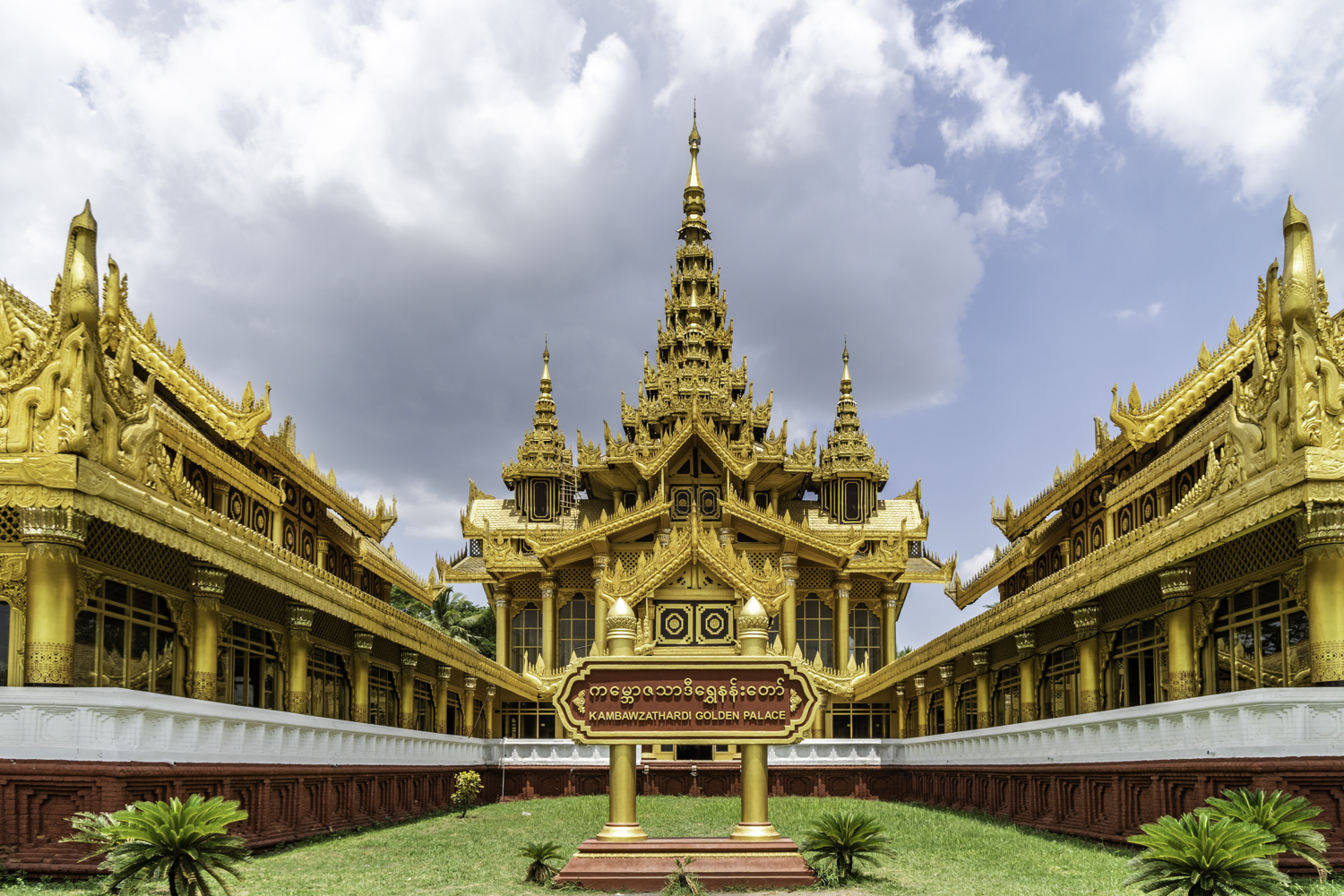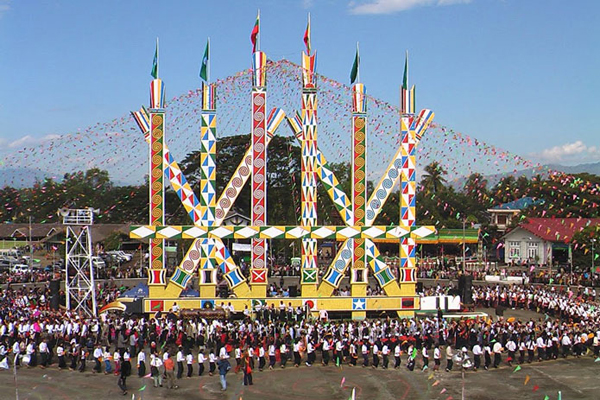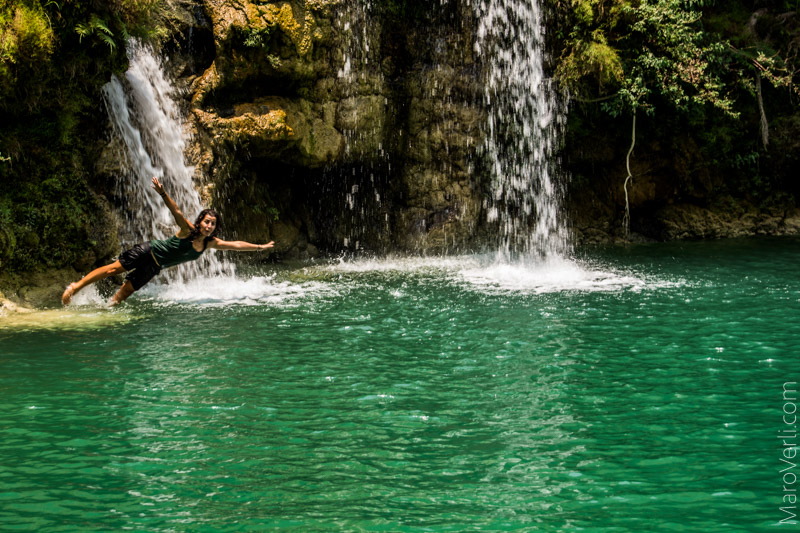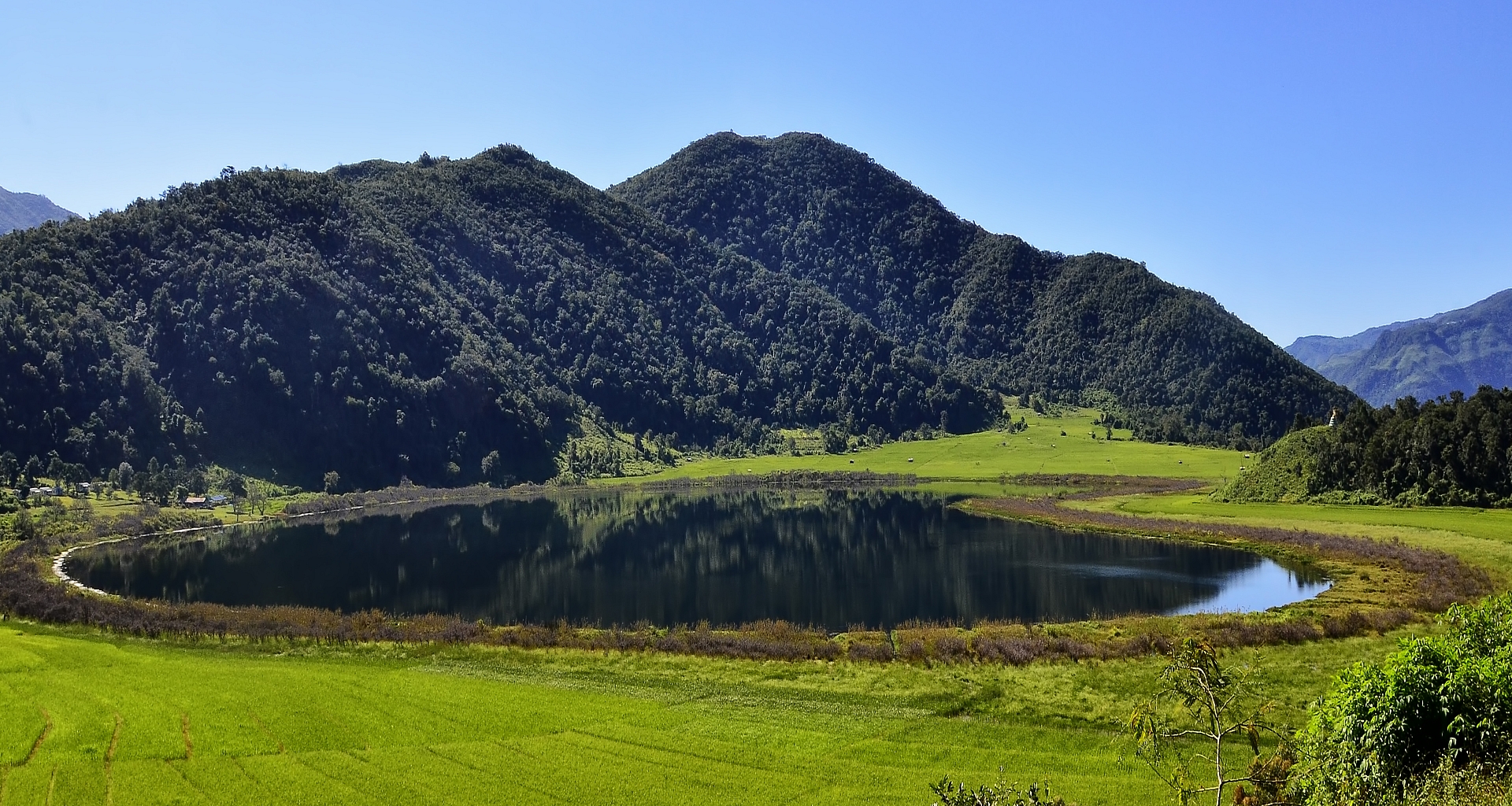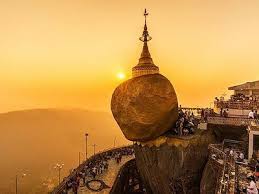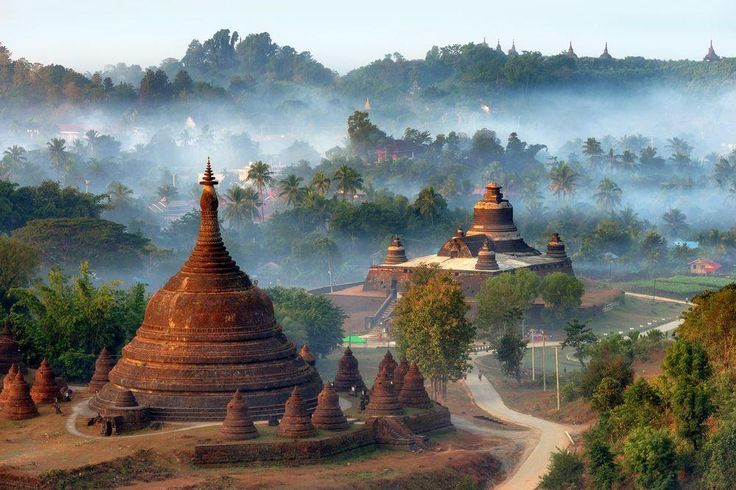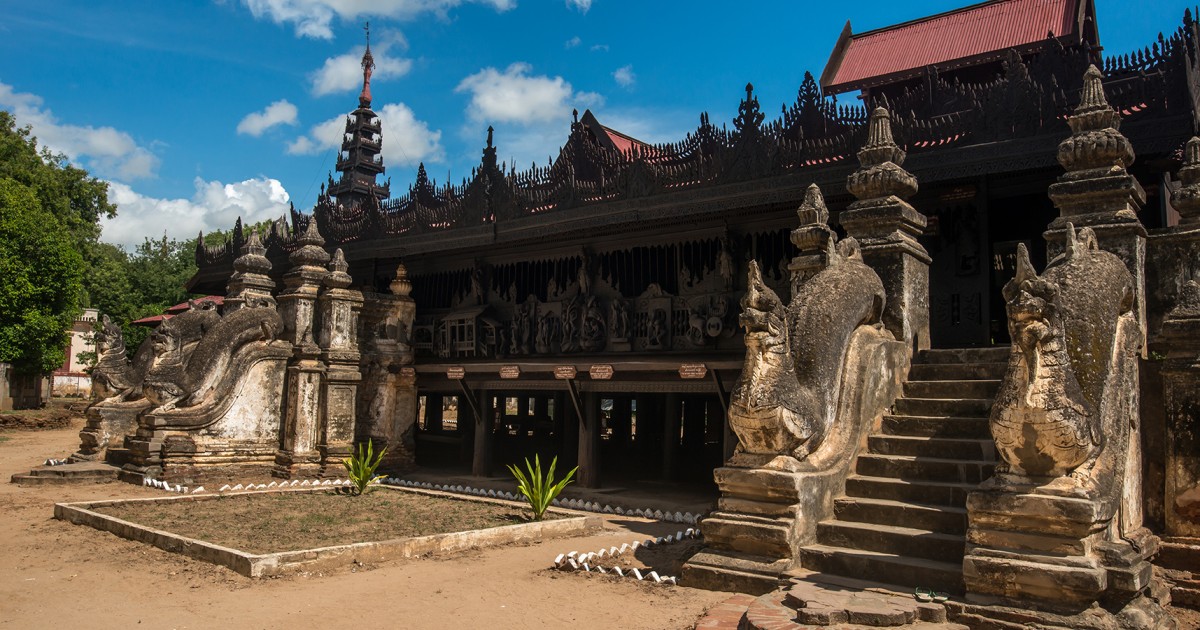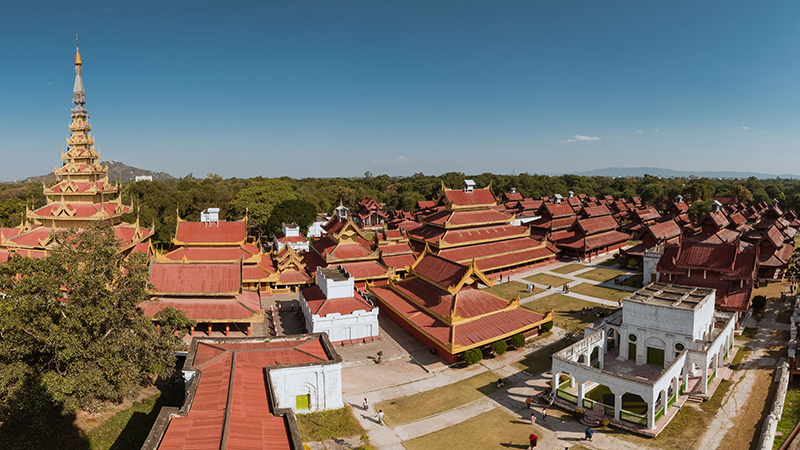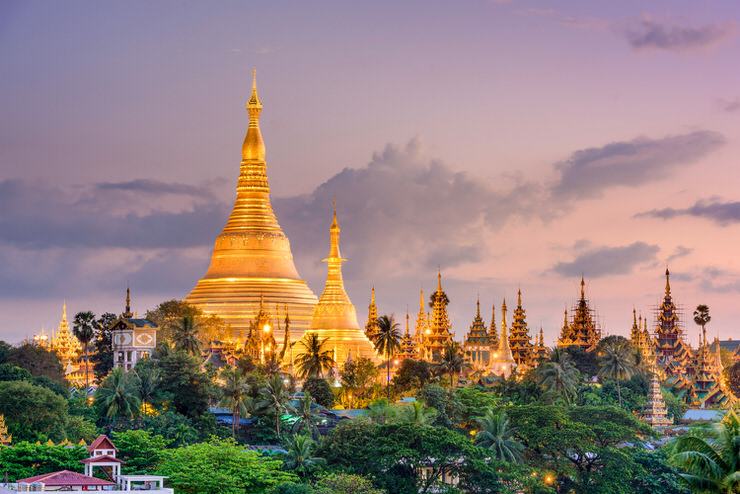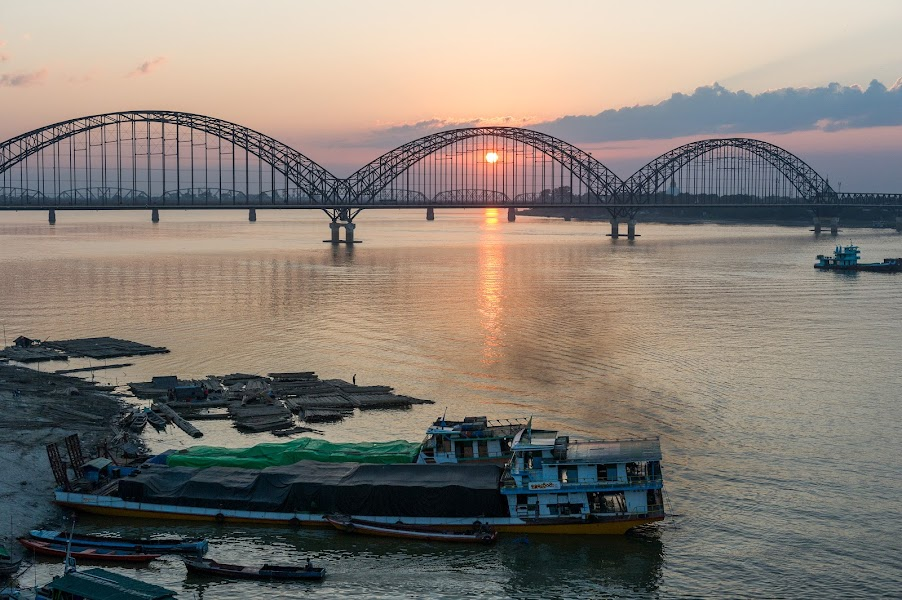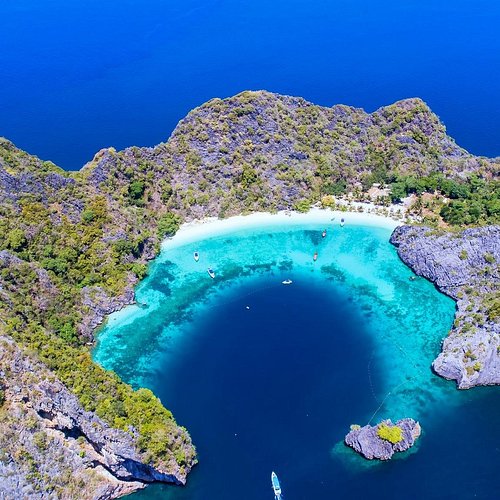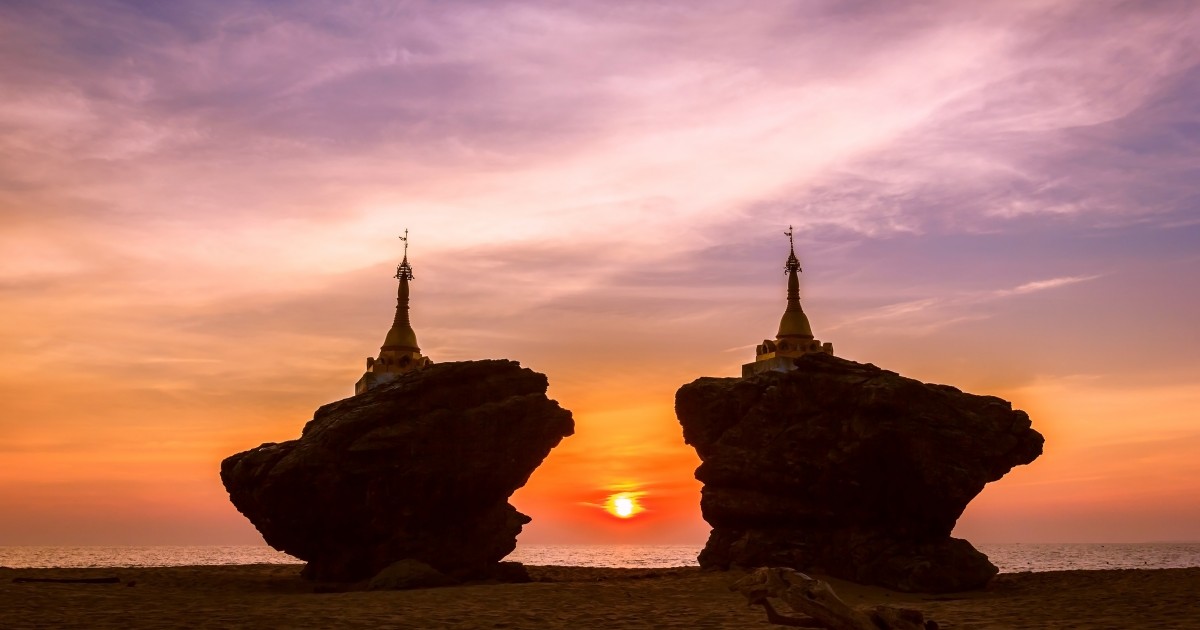Welcome to Kandarawadi Palace
Explore the Diversity of States and Regions
In Myanmar
Kayah State
Kayah State is a stunning region located in southeastern Myanmar, known for its rich cultural heritage and breathtaking landscapes. Nestled between rolling hills and picturesque valleys, Kayah State is home to diverse ethnic groups, including the Kayah (Karenni) people, who proudly maintain their unique traditions and customs.
Kandarawadi Palace
Haw Palace is a significant cultural and historical landmark located in Kayah State, Myanmar. Nestled in the scenic town of Loikaw, this stunning palace serves as a testament to the rich heritage of the Kayah people and their traditional architecture.
Originally built as a residence for the local kings, Haw Palace features intricate wooden carvings and traditional designs that reflect the artistic craftsmanship of the region. Surrounded by lush gardens, the palace offers a serene atmosphere for visitors to explore its beautiful grounds and admire the architectural details.
Today, Haw Palace stands not only as a historical site but also as a cultural center, showcasing the unique traditions and customs of the Kayah people. It is a must-visit destination for travelers looking to immerse themselves in the local history and experience the charm of Kayah State. Whether you're exploring its picturesque surroundings or learning about the vibrant culture, Haw Palace promises an enriching experience for all who visit.
During the Second World War, many Haw Palaces in Kayah State were ruined and fortunately, the Kantarawadi Haw survived against the demolishing power of the war, as an ancient cultural heritage for the Kayah tribe. The Kantarawadi Haw was built in the Saw Lone region but the residences were continuously reduced because of poor transportation. Therefore, Kantarawadi Saw Phar Sao Khun Li moved the Haw to Loikaw townships in 1912. They celebrated the opening ceremony for the Haw in 1919. The Sao Khun Li passed away in 1930. His heir was Saw Phar Sao La wi and the latter Sao also passed away in 1978. After that, the building was owned by his son Sao La Phar and daughter Sao Ke Mar wadi. In 1994 they donated the Haw building as a monastery. So, you can see it as a monastery today.
